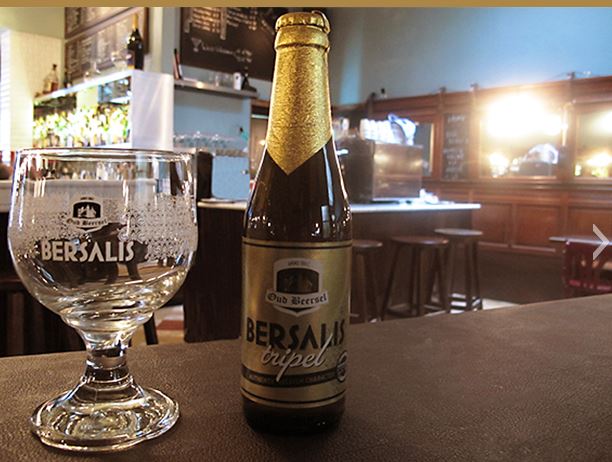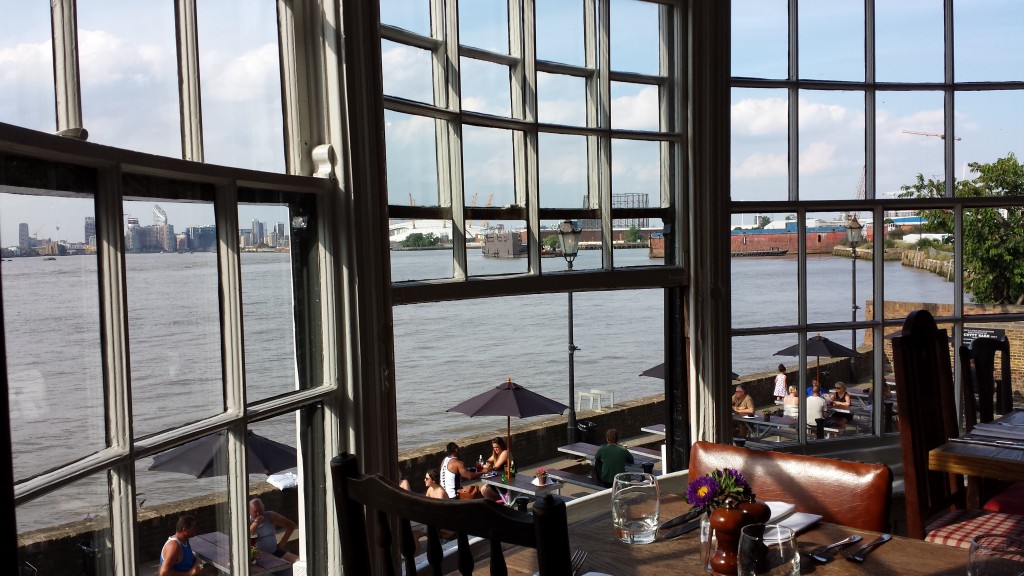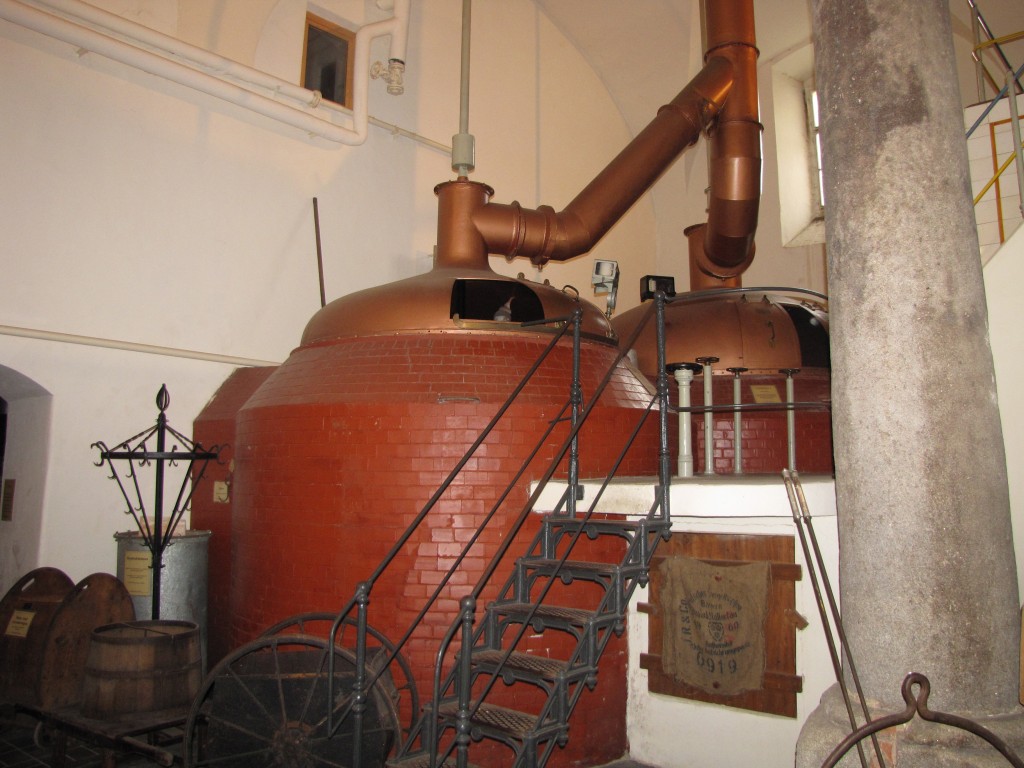March 2, 2016. Post 0017 Of all the standard beer styles, the Tripel might be the hardest to brew. Big in alcohol, but delicate in body, fully flavored but without aggressiveness or intensity, soft spoken, but never boring, when it’s done right, it’s close to a miracle of the brewer’s art.
The style originated fairly recently as the capstone of monastery’s range – much stronger than the lunchtime “single” and stronger than the dark. Secular breweries added their own interpretations and today almost every brewery with a broad range of “Belgian” beers brews at least a seasonal version of it.
According to the Beer Judge Certification Program, a tripel “Strongly resembles a Strong Golden Ale but slightly darker and somewhat fuller-bodied.” The problem with such a guideline is that a good many “strong golden ales” are already “fuller-bodied” than a perfect example of the style. If a brewer in search of understanding tripel ups the ante from one of these the result can be a beer that’s a good deal heavier, and often clumsier, than it should be. A hint of tropical fruit is OK, but an intensity that seems to reflect antipodean hops is not. The bottom line is that a good tripel
They aren’t cheap, yet we eagerly seize the chance to taste a tripel at every opportunity, for the reward for finding the occasional star is worth putting up with less successful efforts. We’ve had more than 300 of those opportunities over the years.
Unsurprisingly, Westmalle floored us when we first had it more than 25 years ago, and the memory of that first heavenly experience made it hard for us to be content with lesser beers. Fortunately a good many latter-day tripels have nearly attained the heights of the original. Our top five are all Belgian, but a crowd of Americans are a hair’s width away from that summit; Victory’s Golden Monkey and Green Flash’s 3rd Anniversary are two of many examples. Sometimes we’re caught off guard by a relative newcomer brewing like they’ve captured an order of monks. Silvery Spring’s Denizens brewery’s Third Party Tripel was a remarkably pleasant surprise. Although the 9.4% booze did show a bit it was very drinkable and remarkably authentic.

Oud Beersel’s Tripel is a Triumph
We don’t usually like spices in gold ales, but with the right touch it can cam make this gentle style just a bit more interesting without becoming overbearing. One our favorites among all the tripels we’ve tried is Oud Beersel’s Bersalis. The use of spice is extremely subtle and just barely broadens it’s very mild and soft start. The 9.5% alcohol is just plain hard to believe. Fair warning, though: we’ve had it twice. It was good in the bottle, but only on draft was it truly astonishing.




Leave a Reply